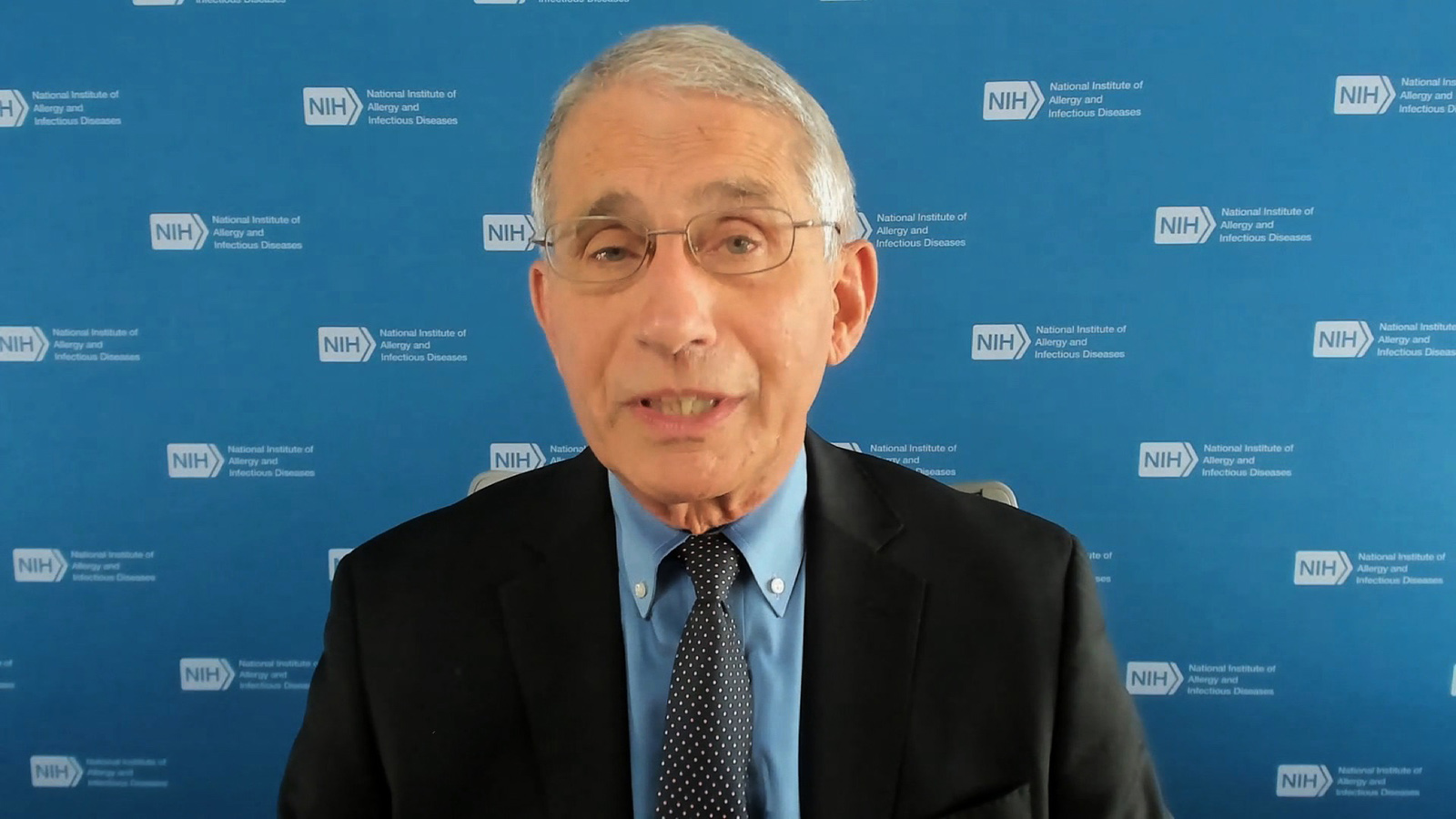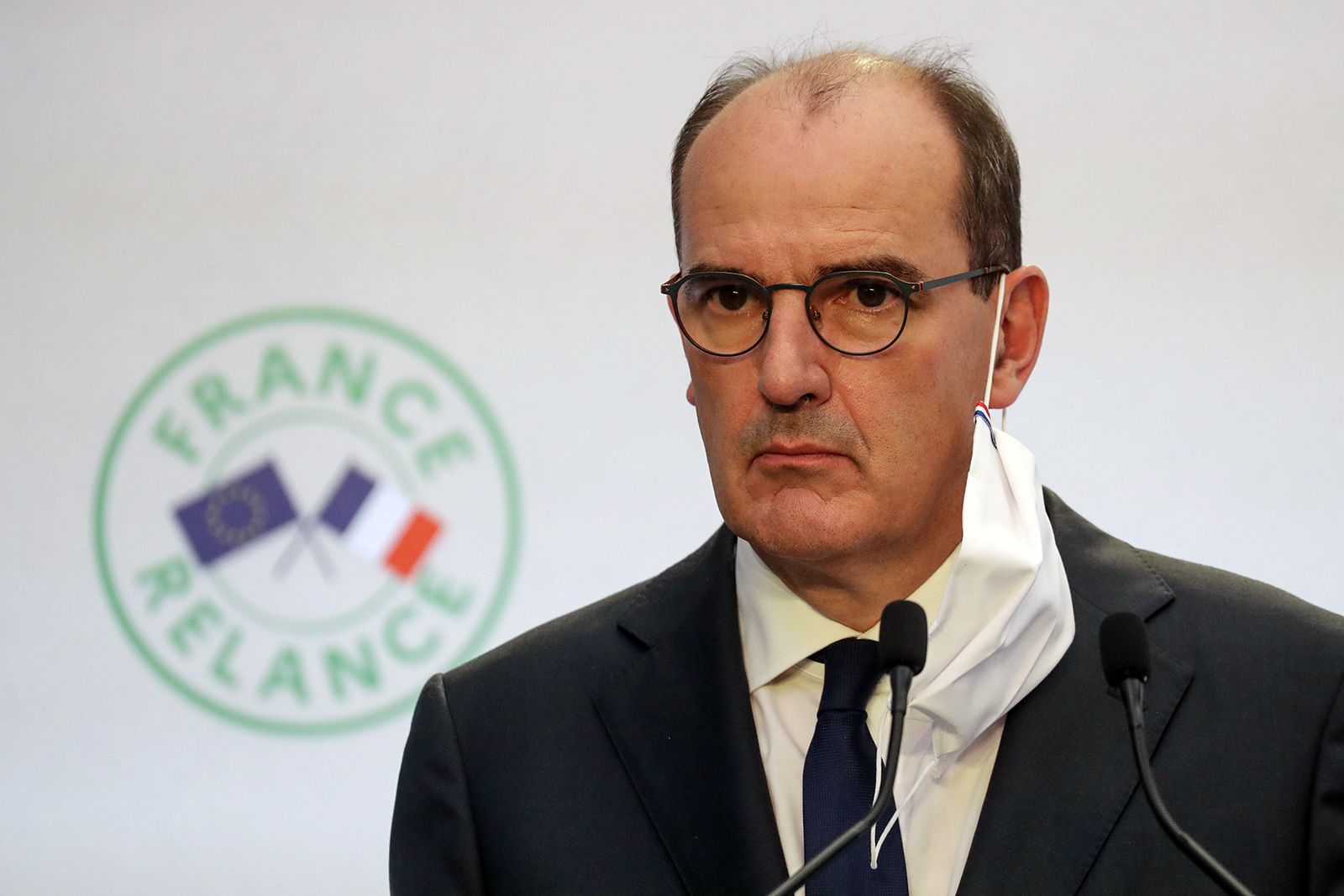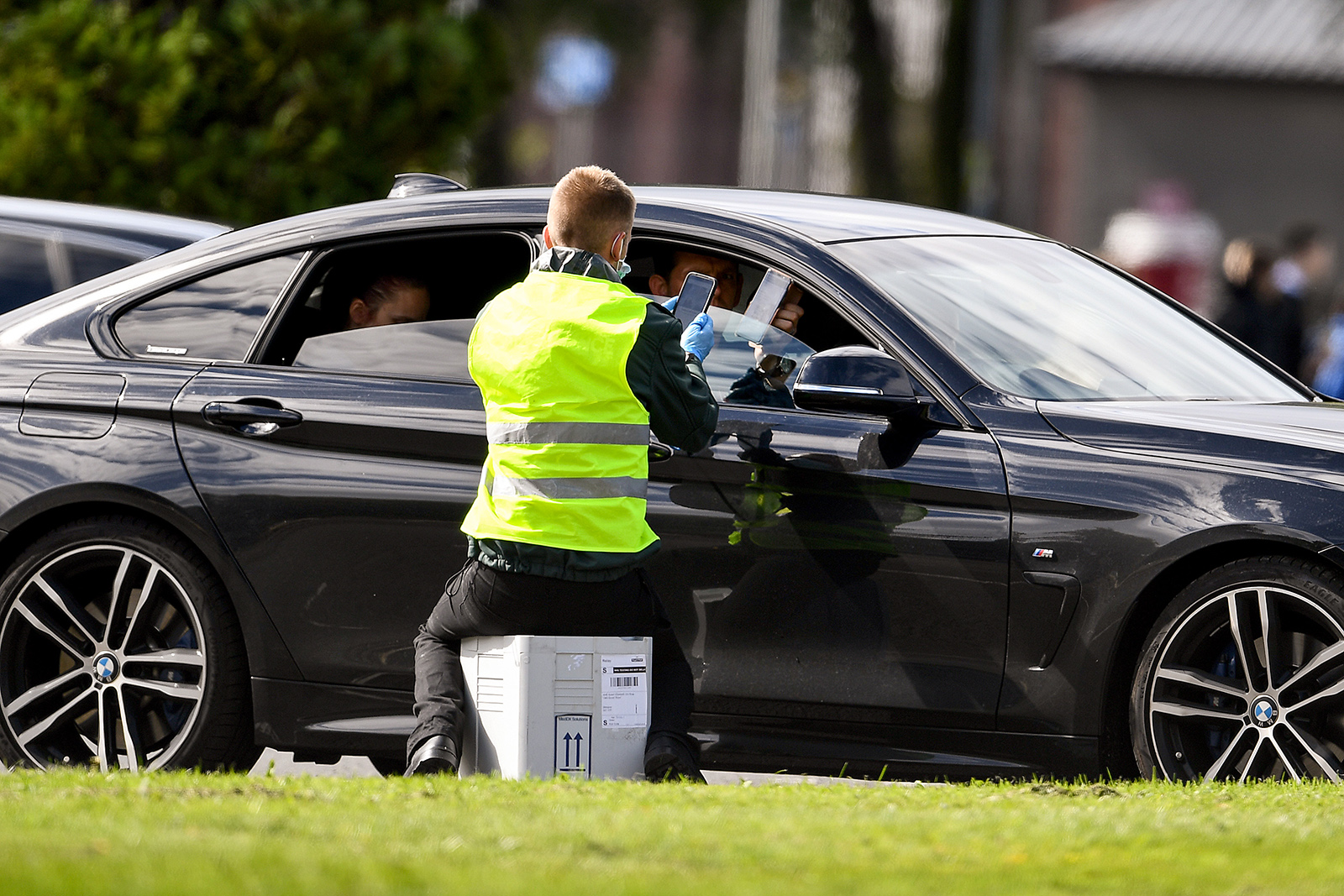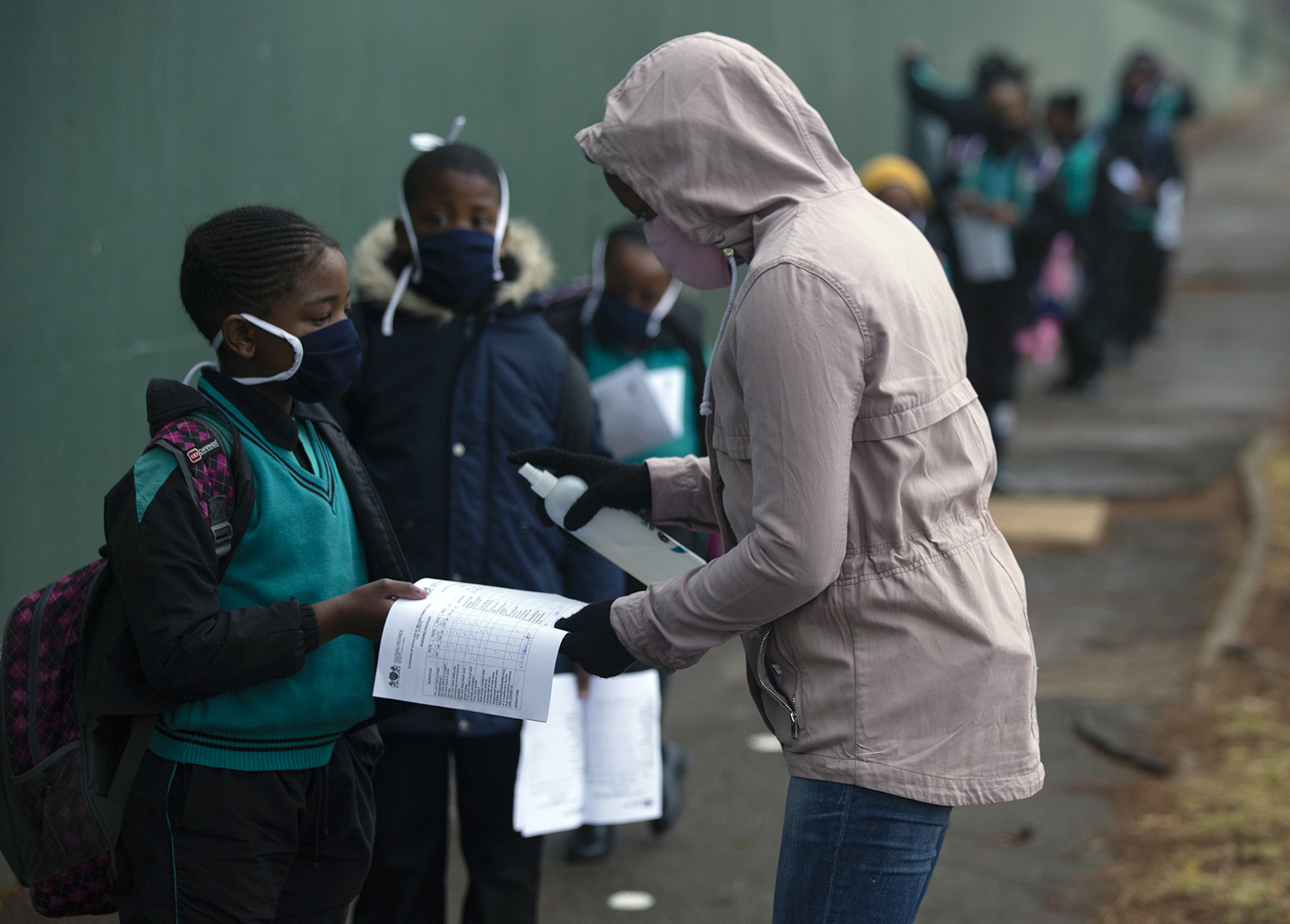Senate Minority Leader Chuck Schumer, in a letter to his Democratic colleagues, ripped into the forthcoming scaled-back Senate Republican stimulus proposal, underscoring the massive gulf that continues to exist between the parties in the negotiations for a new coronavirus relief package.
"Republicans may call their proposal 'skinny,' but it would be more appropriate to call it 'emaciated,'" Schumer wrote Thursday to his members. "Their proposal appears to be completely inadequate and, by every measure, fails to meet the needs of the American people."
The letter sets the stage for a partisan battle that will re-commence in earnest when senators return from the summer recess period next week. Talks between Schumer, House Speaker Nancy Pelosi and top White House officials imploded nearly a month ago and have yet to make any headway in the weeks since. Democrats have pressed for a wide-ranging, multi-trillion dollar proposal to provide funds for schools, rental assistance for states and localities, health providers and small businesses.
Some context: Treasury Secretary Steven Mnuchin and White House chief of staff Mark Meadows, the top GOP negotiators, have rejected the Democratic topline repeatedly and pressed to move a smaller scale package consisting primarily of areas where at least topline bipartisan agreement exists.
Pelosi and Schumer have refused, castigating Republicans for underestimating the scale of the need created by the worst pandemic in a century.
The dynamics have led to an increasingly pessimistic view on Capitol Hill that a new relief package —following on the $2.2 trillion CARES Act — is even possible at all. Meadows, in private conversations with Senate Republicans, has repeated said he doesn't think a deal is possible with Democrats given their current posture, multiple sources have told CNN.
"It's tough to go more than a month with literally zero progress," one person involved in the negotiations told CNN. "Yet somehow that's exactly what has happened."
The divide carries with it massive ramifications for the weeks ahead, as the country continues to grapple with the economic devastation created by the pandemic and the public policy response to it. Lawmakers themselves face the threat of a government shutdown at the end of September if an agreement isn't reached on an all-encompassing funding measure.
Read more here.







